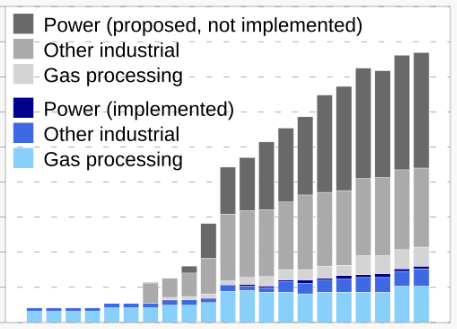Extended Order Effects in CO2 Accounting
Extended order effects are not only difficult to calculate, but also impossible to comprehensively identify. Take, for example, a single chain of energy expenditure (among an exponentially growing number of chains) in the use of a reusable metal surgical retractor: the retractor must be sterilized, requiring it to be moved to the sterilization facility and ran through the sterilization process; the individual operating this sterilization system drove 15 miles to work in a vehicle that burns 0.05 gallons of gasoline per hour; that person requires a house in which to live which represents the embodied energy required to build the house divided by a portion of its lifespan; access to the house required interstate highway systems of X length that must be policed by X officers per hour to maintain safety, etc., etc. Even this example is obviously missing elements just withing this chain, not to mention the exponential branching into addition chains of energy use.
However precise CO2 footprint accounting is not necessarily required. Accuracy within 10%-20% provides very valuable information, as will comparisons between economically substitutable products regardless of scale.
Accordingly, a proxy must be used to account for infinite order effects as well as unknown tail geometry. While not without its own challenges, price is the best proxy for relative embodied CO2 emissions. Price captures all component, constituent, and foundational actions and energy use, including the embodied energy in each of those elements, ad infinitum.
Critically (and fundamentally missing from the GHG Protocol method), price captures the value of human time as energy (as well as embodied experience, education, etc.) required to use energy to perform a task.
